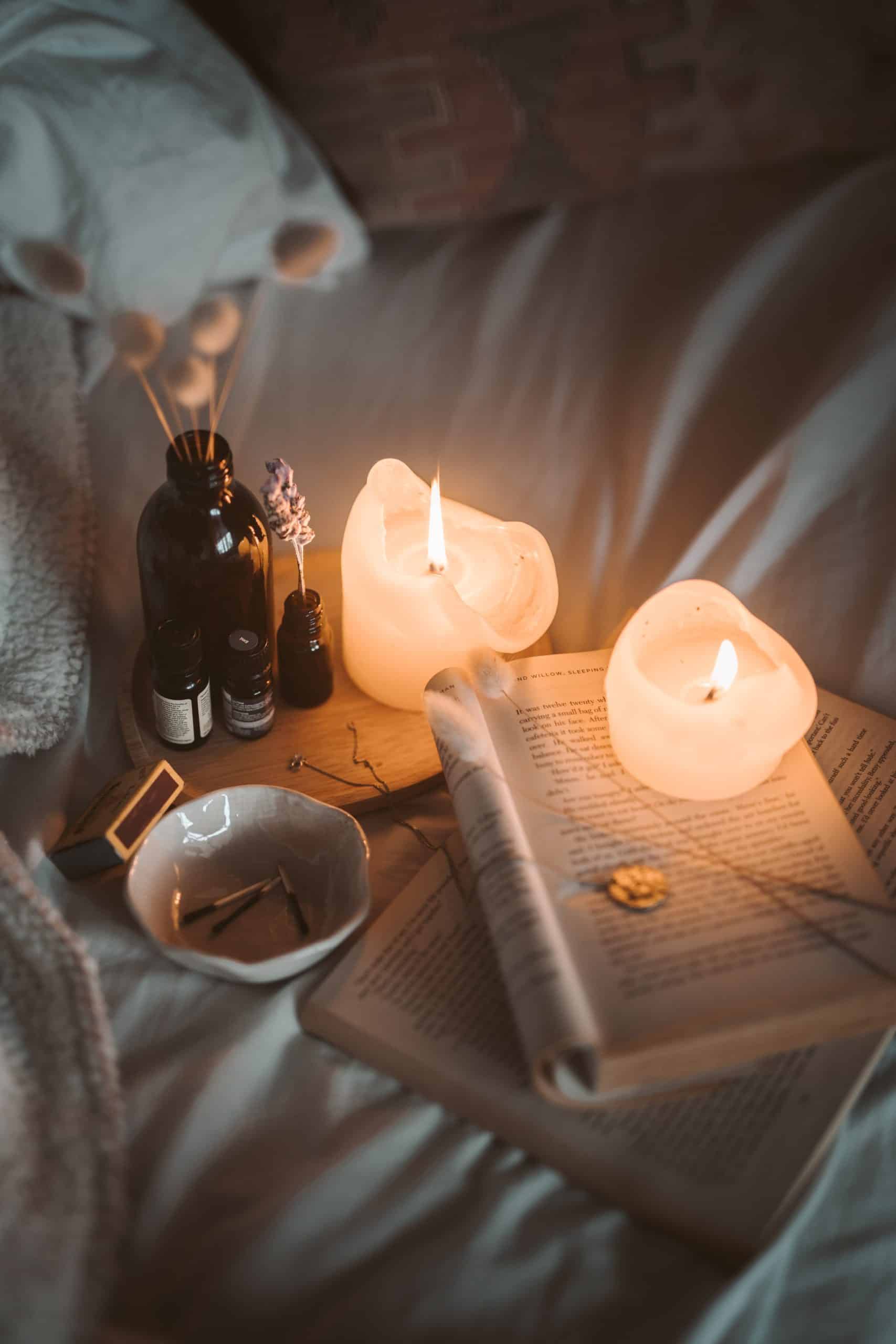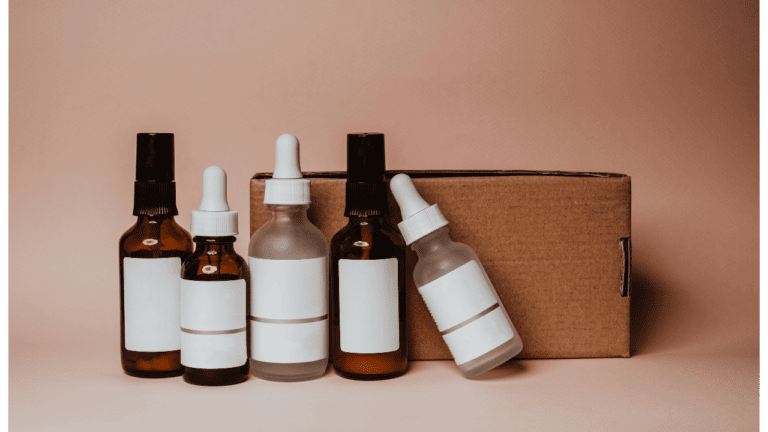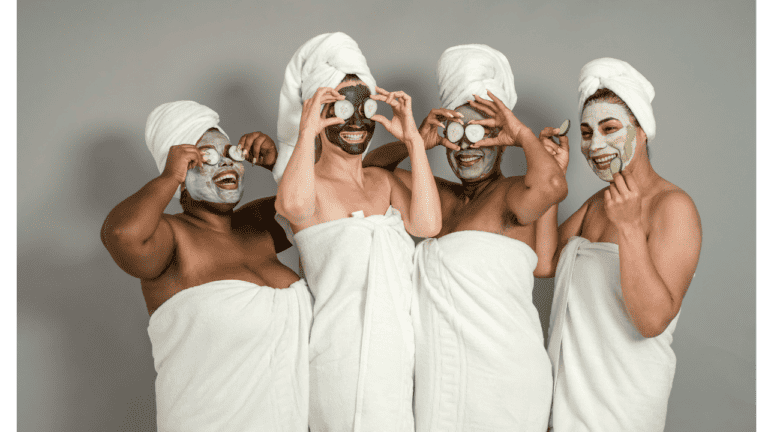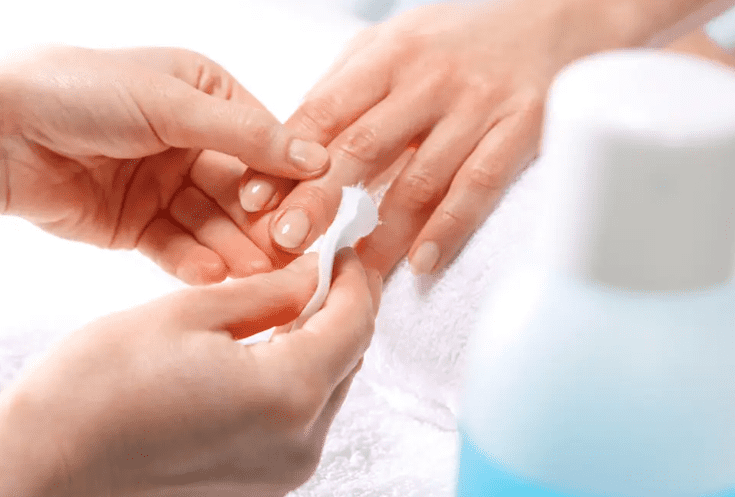If you struggle with acne scars, you might have noticed that they look different depending on the lighting. Have you ever struggled with the fact that you looked amazing at home, and at the shopping mall with their bright harsh lights, your acne scars are so much more pronounced? The reason why your acne scars look worse is because of the way light interacts with your skin’s surface, creating shadows and highlights that can make your scars more noticeable.
You’re not just imagining things, because light is a huge factor in how your acne scars appear. In this article, we’ll explore why acne scars can look worse in certain lights and provide tips on how to minimize their appearance.
Why do my acne scars look worse under different lights?

Light really affects how pronounced our acne scars are. Lighting is a huge factor in how we perceive ourselves, how harsh the lighting is, the color, and how the light hits your skin all change how pronounced our acne scars look. This happens because acne scars are rough and uneven surfaces compared to regular skin. When light hits a rough, uneven surface – like a scar it scatters in different directions rather than reflecting back in a uniform manner. This scattering effect creates shadows and highlights, which can make the scar appear more pronounced and noticeable.
Also. the angle and direction of the light source affect the appearance of acne scars. The light that is directed at an angle across the surface of the skin may create more pronounced shadows, enhancing the appearance of acne scars. On the other hand, light that is directed at the skin from directly overhead can minimize the shadows and make scars appear less noticeable. Here are all the reasons that acne scars look worse in certain lighting conditions:
Shadow and contrast
Harsh, direct light can create strong shadows and contrast on the skin, making acne scars appear more prominent and noticeable. Shadows can emphasize the texture of the scars, making them look deeper and more visible. Similarly, contrast can make the scars stand out against the surrounding skin, drawing attention to their appearance.
Color temperature
Cool-toned light enhances the appearance of redness in the skin, making acne scars appear more inflamed and prominent. This is because cool-toned light has a higher color temperature and appears more blue or green than yellow or orange. Blue or green light can create a “cool” or “clinical” appearance on the skin, which can enhance the appearance of redness in acne scars.
Reflection
Light-reflecting off certain surfaces can create a “glare” effect on the skin, making acne scars appear more textured and uneven. Think of a mirror or glossy tabletop, when light bounces off a reflective surface and then back onto the skin, it creates a bright spot or “hot spot” that draws attention to the texture and appearance of acne scars on the skin.
Brightness
Bright light can create a “blown-out” effect on the skin, washing out the natural texture and making acne scars appear more prominent and noticeable. This can happen when the lighting is too bright or the light source is too close to the skin, creating a harsh and unflattering appearance.
Essentially We Need To Remove Texture
Removing skin texture will really help how your skin looks under different lighting because we want there to be less surfaces for light to reflect off that cause shadows and you can do this overtime with certain skincare products.
I’ve experienced acne all my life so I’m constantly fighting against acne and finding the best products to remove textured skin so here’s a list of my favorite skincare products that helped me reduce texture in my skin.
Why We Enjoy Romantic Lighting

I’m sure you’ve heard of the term “romantic lighting”, it’s the dim lighting restaurants use in the evening to create a warm and inviting atmosphere, and many Instagram-worthy marriage proposals often use romantic lighting to set the stage. Why is this the case?
Well, it’s because dim lighting essentially blurs the details, others have said it makes “flaws easily ignored and virtues easily imagined.” In reality, lighting truly has this effect because the dim lighting reduces the appearance of acne scars. Uneven skin tone, rough skin, and any blemishes are harder to be perceived under dim lighting.
However, romantic lighting tends to be created using candles which might create shadows that enhance the appearance of skin imperfections. This is why having many candles all around either during an event or in a restaurant is great because it helps to minimize the casting of shadows or any effect that could highlight the indentation of acne scars.
Types of Lighting that Can Make Acne Scars Look Worse
Now that you understand how light interacts with your skin’s surface, let’s take a closer look at the various types of lighting that can make acne scars look worse. This is particularly useful if you’re looking for a great spot to take a photo and want the lighting to be in your favor, or perhaps you are looking for lighting to avoid in your home.
Blue Toned Lighting

Blue and red create a high-contrast color situation. Many lights we are exposed to such as fluorescent lights, computer screen lights, and led lights all cast a bluish hue on the skin, which can make subtle red acne scars appear more prominent. We’re often exposed to this light even when we don’t realize it from our devices, which is actually quite bad for our health, not just our acne scar appearance.
It highlights imperfections and is great for a department store if they want to influence you to buy more products that will help you to hide or get rid of your scars. However, keep in mind that acne scars are natural and many people experience them, so don’t feel the pressure to keep up with society’s standards.
Overhead Lighting
The light that is directed at the skin from directly overhead may create shadows that make scars more noticeable. For example, natural sunlight is often from an angle, or directly overhead, particularly during midday.
Bright Light
When light is too bright and harsh it highlights flaws in the skin. Essentially it is the complete opposite of “romantic lighting” which reduces details, including the appearance of acne scars. Also, we now know that shadows make scars more noticeable, and with bright light, these shadows become even stronger and make a greater contrast on the skin.
Types of Lighting that Minimizes the Appearance of Acne Scars
Photographers have mastered using light to minimize blemishes and we can learn a lot from how they frame their subjects. They often use soft, diffused lighting, ring lights, or bright lights from all directions to get rid of shadows that may point out imperfections in their subject’s skin.
Soft, Diffused Lighting

Think of the sun coming in through the window, but first passing through some sheer curtains, this is diffused lighting. Diffused lighting does not always come by so easily in real life which is part of the reason why people in pictures may look better than in real life, however, you can easily recreate it for yourself by using various objects around you such as
Front Facing Light / Ring Light
Using a ring light is a popular technique photographers and influencers use to minimize the appearance of acne scars. This is because a ring light is front facing, and it directly provides even, diffused lighting without harsh shadows, which helps to create a more even skin tone and reduce the visibility of acne scars. It’s an affordable and easy-to-use option – simply attach it to your phone or camera and start taking well-lit photos and videos. For those looking to minimize the appearance of acne scars, using a ring light is definitely worth considering.
Warm or Incandescent Lighting
Warm light can help to reduce the appearance of redness in acne scars. This is because warm light has a lower color temperature and appears more yellow or orange than blue or cool-toned light. Blue or cool-toned light can enhance the appearance of redness in the skin because the color contrast makes the scars stand out, while warm light can help to balance it out.
To incorporate warm light into your lighting conditions, consider using warm light bulbs which means they are under 3000 kelvin. This includes incandescent bulbs and halogen bulbs which become even warmer as they are dimmed.
How to Minimize the Appearance of Acne Scars
Start Facial Steaming
Steaming your face is a great way to increase blood circulation in your face because it helps your body to refresh its skin by itself. Your blood carries oxygen, and important nutrients and helps to carry away waste that your cells produce, by increasing blood flow, your body is able to heal itself and its acne scars faster as well.
Beginning to facial steam is easy and you could easily DIY facial steaming at home with hot water, a bowl, and a towel to open your pores. It’s a very relaxing process and if you find that you love it, you could make it even more convenient and get a facial steamer designed to be used at home for yourself.
Ingredients To Look For in Skincare and Makeup
Makeup nowadays has advanced so much that you can treat your skin at the same time as covering it up! However be it your skincare products or makeup, looking for special ingredients specifically designed for acne-prone skin:
- Salicylic acid: This ingredient can help to exfoliate the skin and promote cell turnover, which can help to reduce the appearance of scars.
- Vitamin C: Vitamin C can help to brighten and even out skin tone, reducing the appearance of redness in scars.
- Retinol: This ingredient can help to stimulate collagen production, which can help to minimize the appearance of scars over time
With Makeup
An easy short-term solution is of course makeup, however, when it comes to reducing the appearance of acne scars with makeup, there are a few things to keep in mind. First, it’s important to understand what skincare products could be causing your acne or cause further breakouts. Look for products that are labeled as “non-comedogenic,” which means they’re designed to be gentle on acne-prone skin.
Another thing to consider is the type of product you use. Color-correcting concealers, tinted moisturizers, mineral-based powders, and pore-minimizing primers are all good options for reducing the appearance of redness in scars and the unevenness of the skin tone.
When choosing a product, look for one that provides good coverage and has a long-lasting formula. You may need to experiment with a few different products to find the one that works best for your skin type and scar type.
Conclusion
Overall, lighting conditions can have a significant impact on the appearance of acne scars, making them look worse in certain situations. We now understand how lighting affects the skin and can highlight or even minimize the appearance of acne scars, you just have to know how to use it. However, always remember acne scars do not define you as a person and you should feel confident even with acne-prone skin!






